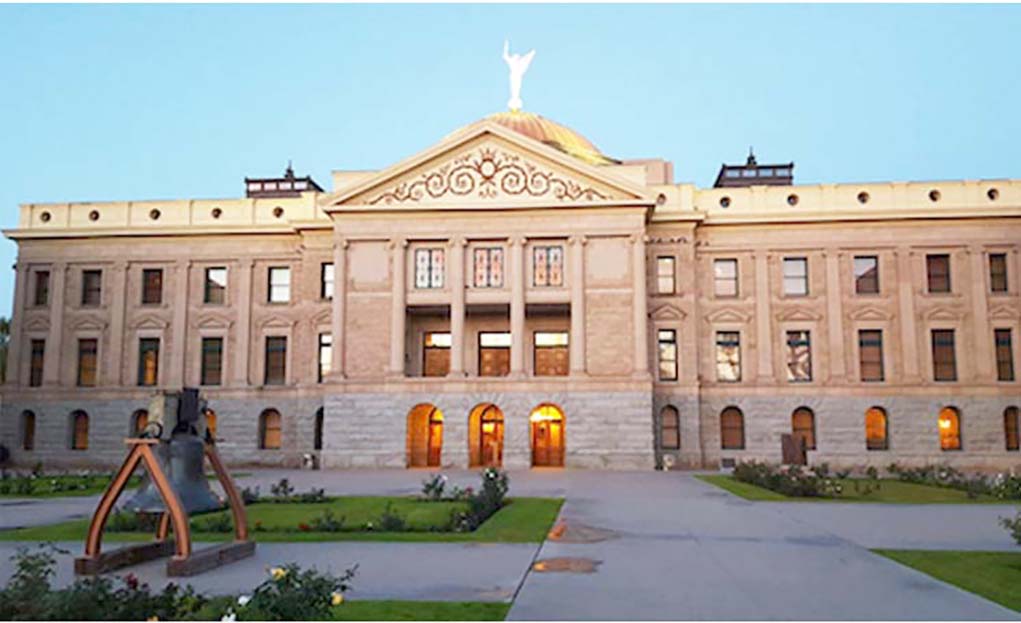Arizona’s state legislature leads the United States in female representation. With 35 female members in office, the state legislature is now 40% women. Though not a majority, this is an impressive accomplishment for the traditionally-red state of Arizona. Additionally, the number of female representatives in the state legislature is expected to rise in coming years.
Arizona surpassed Nevada in August 2017 when the Maricopa County Board of Supervisors selected Geraldine Peten, a career educator, to serve in the House of Representatives. According to Arizona Business Daily, Peten has a plethora of experience in education and holds several high degrees in her field. But why would someone like Peten be interested in pursuing politics?
It’s likely that Peten, like many Arizona women, was recruited to campaign. Katie Ziegler, operator of the Women’s Legislative Network, said at the National Conference of State Legislatures, “There’s a surge of interest among women in running for office right now… People talk about making a really concentrated effort to recruit women.” These recruiting practices are getting more women on the ballot and in state legislature.
Arizona Democrats are attracting women to the campaign trail, and additional women in office might spell change for the Republican-majority state. The Democratic Congressional Campaign Committee reported that 84 female candidates were running for open positions in 80 Republican-held districts. Since so many women run as Democrats, electing additional female representatives could easily swing Arizona from a red state to a blue one.
Second after Arizona is Nevada, whose state legislature is 39.7% female. Nevada housed the United States’ highest percentage of female legislators until last month. However, only six other states—eight total—have state legislatures where over a third of members are female: Colorado, Illinois, Maine, Oregon, Vermont, and Washington. With Arizona as the lone exception, all these states are Democratic-majority.
Elected officials—whether at the local, state, or federal level—are expected to represent their jurisdiction’s population both politically and demographically. Electing more women to office would better align Arizona’s state legislature to the demographics of its population. But it may also disrupt the political scene in Arizona by swinging the state from Republican-majority to Democratic-majority—a change that could dot Arizona’s political future with uncertainty.





